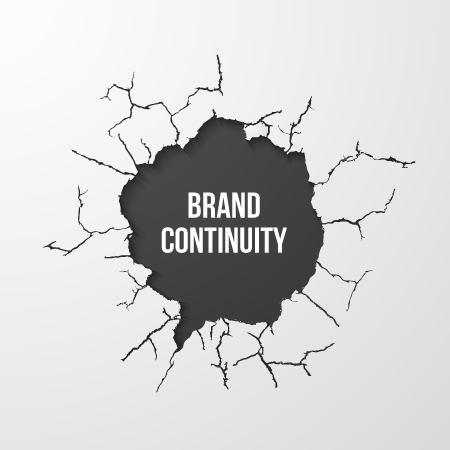5
Ballet Business Lessons You Should Make a Point to Learn
Business
has quite a few things in common with ballet. Ballet is just as demanding as
business, although in other ways. To succeed as a ballet dancer, one must put in
a lot of hours of practice. To succeed in business, one must put in a lot of
hours of work. For both, plans and dances must be executed in a precise way or
the result will not be ideal. Because of these similarities, several things can
be learned from ballet that can be applied to business.
1. Create Your
Individual Style
Although there are basic components of ballet that ring
true, someone who develops their individual style and dares to try new things is
someone who will go further than an individual who sticks to only the basic
rules. The same is true in business. If you want to succeed, you must stand out
from the crowd. Find your own path that is unique to your goals even though you
will be utilizing the same building blocks as everyone else.
2. Continue
Learning Throughout Your Career
A great ballet dancer never stops
learning new techniques and new dances. They simply cannot stop after they have
learned only one dance and be successful. In business, this is also true. You
must continue to seek out education. Whether it is another degree or simply a
class to help you hone in on a skill set, you should never stop trying to learn
more and improve your abilities.
3. Practice Makes Perfect
In
ballet, perfection is valued and coveted. To reach this kind of perfection,
dancers will practice for days, weeks, months, and years on end. They understand
that they have to practice to get better and one day achieve that perfection
they desire. In business, the same is true. You may have success the first time
you do something, but more often than not, you will have to try again. If you
believe in a business idea, keep trying and practicing until you get it right.
Practice does, after all, make perfect.
4. Know There is a Place and a
Role for Everyone
In a ballet dance that involves multiple people, there
is a role for everyone to play. Not everyone can be the main dancer, even if
they want to be. Someone has to play the supporting role. In business, it is
important to understand this because the same is true. Even if you want to be
the top dog on a project or in a company, you have to understand that sometimes
you simply have to play another important role.
5. Develop and Build
Trust
Trust is a huge component of ballet, especially if you are dancing
with a partner. If the two partners do not trust each other, it will be
apparent, and the dance will not be as beautiful. In business, it is equally as
important to trust your partner. Otherwise, you may not give much effort to the
project, or you may hold back and cause the business to suffer. Build trust with
those you work with and the business will prosper. Choose not to trust, and it
can crumble, just like a ballet routine.
There are several parallels
between ballet and business. These lessons learned in the ballet circuit are
important because they strengthen the dancer. Learn from these lessons, and you
will become a stronger individual in the business world as well.
|







